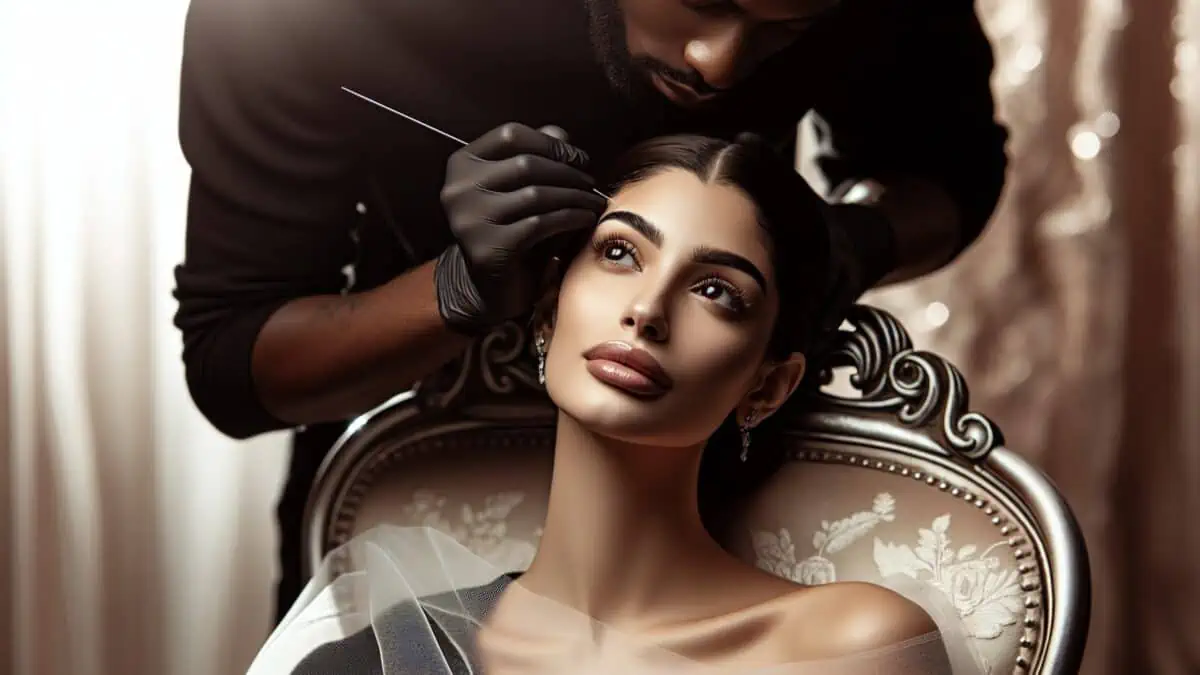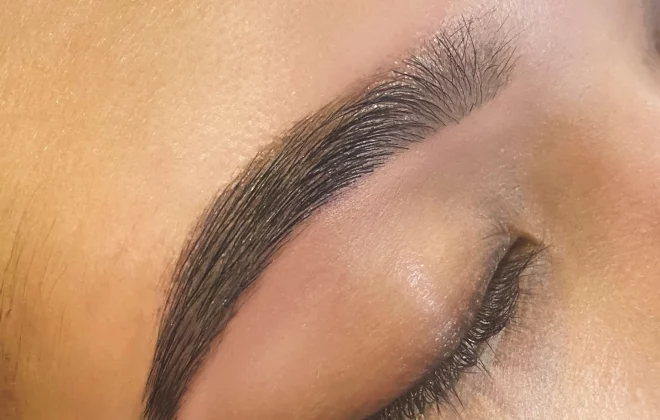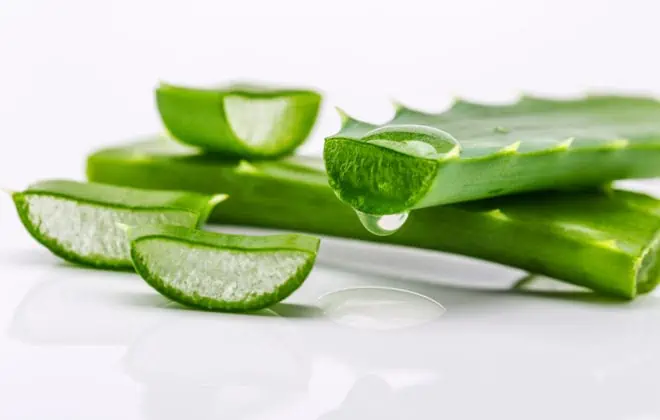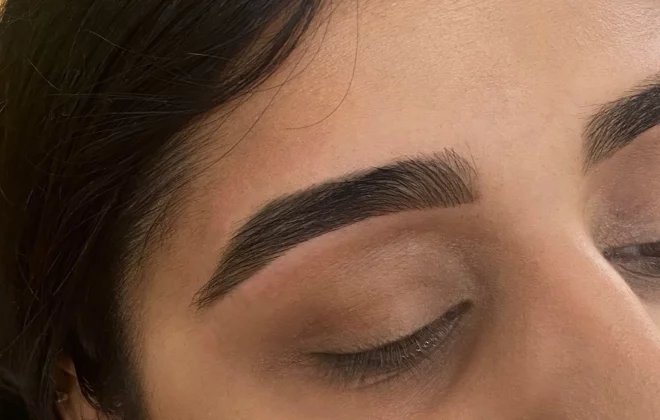Perfect Timing for Stunning Brows: How Long Before an Event Should I Get My Eyebrows Threaded?
Perfectly shaped eyebrows have the power to frame your face, accentuate your eyes, and boost your overall look. But when it comes to preparing for a major event, timing is everything. So, “how long before an event should I get my eyebrows threaded?” Let’s find out!
Key Takeaways
Consult a month in advance to agree on desired shape, with last session closer to event.
Schedule threading 2-4 days prior for optimal results. Avoid last minute threading.
Pre & post care essential for achieving perfect brows and maintaining them afterwards.
Optimal Scheduling for Eyebrow Threading Before Major Events
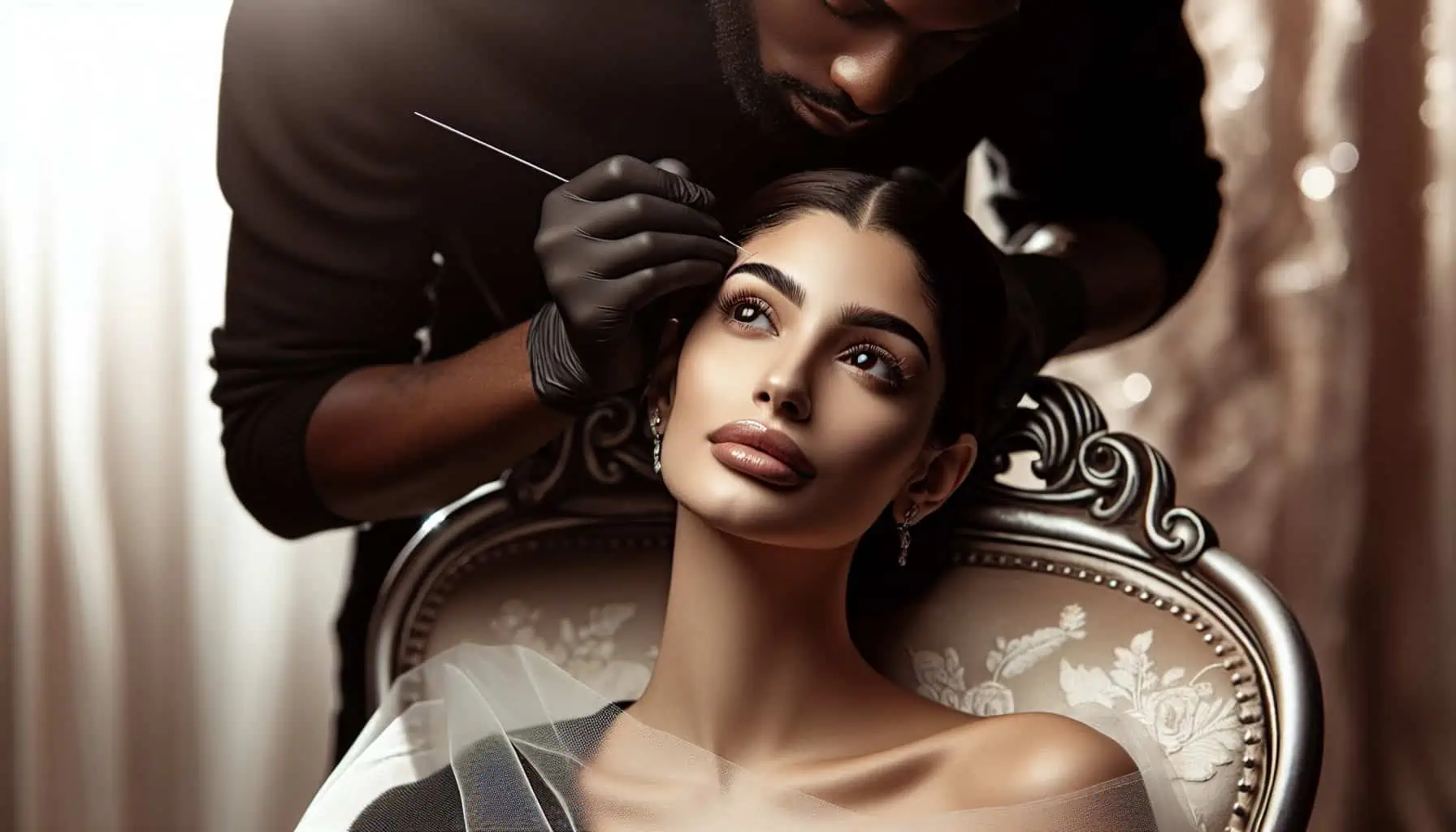
Eyebrow threading, an age-old technique using a cotton thread to remove hair from the follicle, is renowned for its precision and gentleness, making it the ideal choice for eyebrow shaping before major events. Getting the timing right is crucial, especially for significant events like your wedding day. Start the process with a consultation at least a month before the event to agree on the desired shape. This allows enough time for the brows to grow into their natural shape and for you to get accustomed to your new look.
However, the last threading session should be scheduled closer to the event. But how close should it be? This is where specific timing advice for each event becomes handy, especially for those taking place in the south end.
Event-Specific Timing Recommendations
Scheduling your threading session correctly is crucial for your brows to look their best on the big day. It’s generally recommended to have your eyebrows threaded around 2-3 days before significant occasions. This gives any potential redness or irritation enough time to subside, ensuring your brows look flawless for your event.
The timing can vary based on the type of event. Here are some general guidelines:
For a wedding, schedule a consultation two months in advance to allow for any necessary adjustments.
For a photoshoot or a birthday party, threading 2-3 days in advance is the norm.
For more formal occasions such as a job interview or a graduation ceremony, threading should ideally be done four days in advance.
Last-Minute Touch-Ups: When Is It Too Late?
Although threading is a relatively quick process, usually taking between 15 and 45 minutes, you should steer clear of last-minute sessions. Getting your eyebrows threaded too close to the event can lead to adverse effects such as redness or breakouts. Ideally, threading should be done 2-3 days before the event to allow any potential irritation to dissipate.
Once your eyebrows are threaded, there are certain measures you should observe to maintain their shape and health. Here are some tips to follow:
Avoid touching the threaded area for at least 12 hours after threading.
Refrain from applying makeup or exposing the area to sunlight for a short time following the procedure.
If touch-ups are required, wait until the brows are completely healed before attempting any further tweezing, waxing, or threading, to prevent potential infection.
The Impact of Skin Sensitivity on Threading Timing
Skin sensitivity can significantly influence the optimal time for threading. While threading is generally gentler on the skin than waxing, especially for those with delicate or acne-prone skin, some individuals may still experience side effects such as redness or irritation. If you have sensitive skin, it may be beneficial to schedule your threading session a few days earlier than usual to give your skin ample time to recover.
To ensure the best results for sensitive skin, there are certain measures you should take both before and after threading. We will address these in the following subsections.
Pre-Threading Care for Sensitive Skin
Preparing your skin for threading can make a world of difference, especially if you have sensitive skin. Here are some steps to follow:
Start by cleansing your face with a mild cleanser and lukewarm water.
Then, a day before your threading session, exfoliate the skin and moisturize thoroughly.
Using a gentle, non-comedogenic moisturizer can help keep your skin soft and supple without clogging your pores.
Before threading, follow these steps to prepare your skin:
Avoid exfoliating your skin on the day of the threading session to prevent increased sensitivity.
Steer clear of heavy cosmetics or makeup, which can clog pores and lead to breakouts.
Just before threading, you can apply a thin layer of aloe vera gel using a cotton swab for a calming effect.
Post-Threading Care to Soothe Skin
After threading, your skin may feel a bit sensitive. To alleviate this, you can apply natural remedies such as cold tea bags, aloe vera gel, or a cold compress. These remedies can help soothe any discomfort and reduce redness or swelling.
In terms of skincare products, consider using calming balms or creams, rosewater, or natural oils like coconut oil. Remember to avoid touching or rubbing the threaded area and cleanse your face with cold water. With the right care, your skin should return to its normal state within a few days.
Achieving the Perfect Shape: Consultation and Growth Cycle Considerations
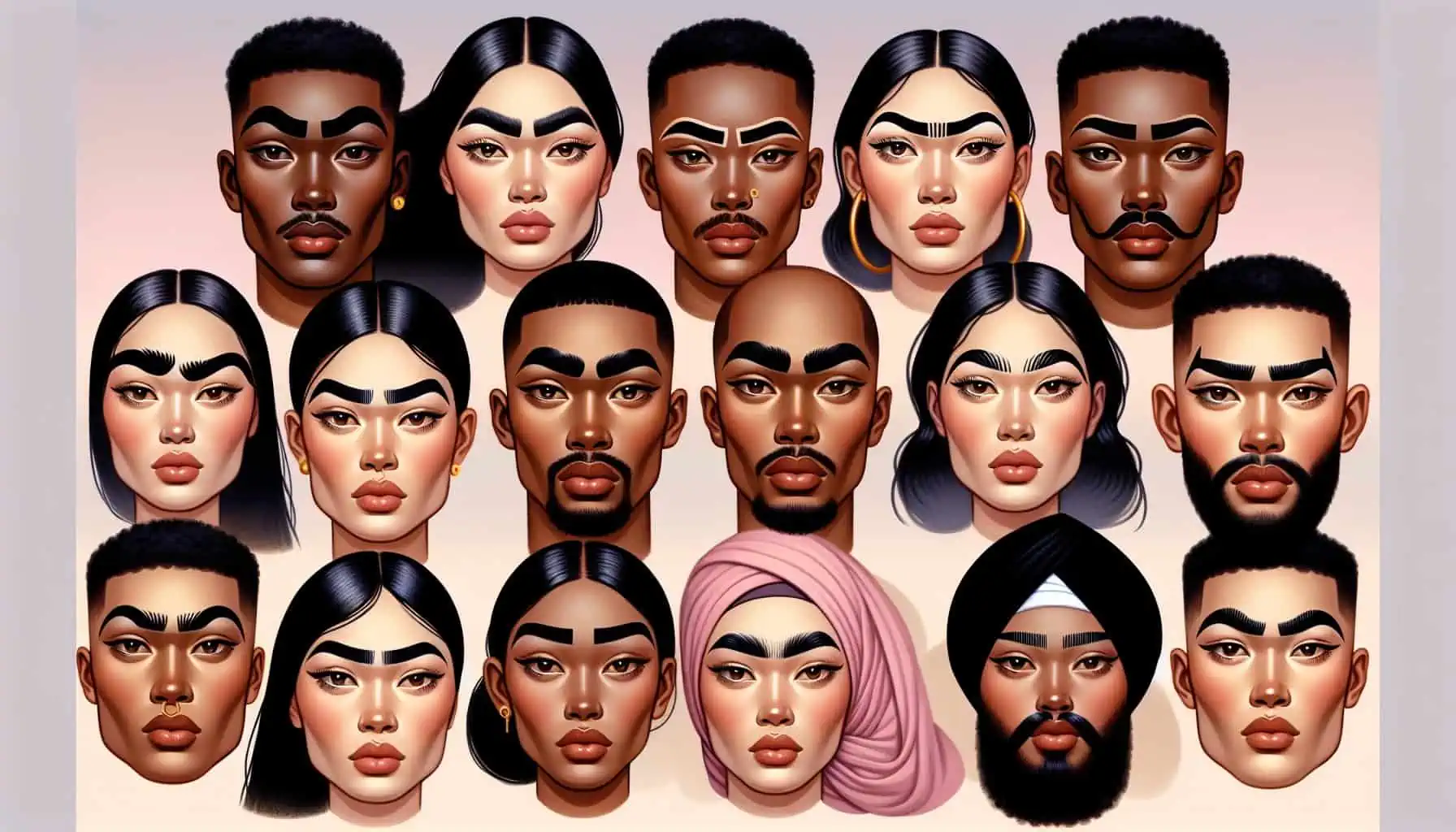
Obtaining the ideal brow shape entails more than just threading. It requires understanding your brow’s growth cycle and the critical role of initial consultation. The growth cycle influences brow shaping treatments’ timing, while a consultation provides the professional with a grasp of your preferences and the ability to create a personalized brow design. This tailored approach ensures that the brows accentuate your eyes and enhance your overall appearance.
Understanding your brow’s growth cycle also provides insights into why some individuals have thicker brows while others have sparser ones. It’s an intriguing process, providing insights into the science behind eyebrow growth and methods to nurture healthy brows.
Initial Consultation: Setting the Stage for Success
The initial consultation is the foundational step to attain the perfect brow shape. During this session, the brow artist will discuss your desired shape and preferences and analyze your facial features to understand what will best enhance your appearance. This understanding helps them provide a clear, personalized brow design that complements your features.
The consultation is also a great opportunity to address any concerns or questions you may have about the threading process and aftercare. This open communication ensures that both you and the professional share a mutual understanding, paving the way for a successful threading experience.
Understanding Your Brow’s Growth Cycle
The eyebrow growth cycle plays a significant role in threading. It determines the rate at which your eyebrows regrow after threading, which affects how often you’ll need to schedule your threading sessions. Generally, the regrowth period is within a few weeks, but this can vary from person to person.
The growth cycle consists of three stages: the anagen or growth phase, the catagen or transition phase, and the telogen or resting phase. Understanding these stages can help you better manage your threading schedule and achieve optimal results.
Threading Techniques and Tools: Ensuring Precision and Comfort
Equally important to the timing and preparation for threading is the technique and tools used. Threading involves:
Using a single cotton thread to remove an entire row of hairs
Twisting and rolling the thread over unwanted hair to remove it from the root
Creating clear edges to sculpt the brows accurately
This technique ensures precision and control, giving you well-defined brows that enhance your facial symmetry.
The Art of Cotton Thread Threading
Cotton thread threading is a traditional technique that’s known for its gentleness on the skin and precision in hair removal. The thread targets individual hairs, removing them cleanly and precisely from the root, without damaging the skin.
Nevertheless, guaranteeing the quality of the thread used is important. Using low-quality cotton threads can result in lint, breakage, and knots, leading to discomfort and irritation. Therefore, always opt for high-quality threads, preferably organic, to ensure the best possible results.
Selecting the Right Thread: Organic vs. Standard
When it comes to choosing the right thread for eyebrow threading, the choice between organic and standard thread can make a significant difference. The finest organic thread, made from cotton cultivated without synthetic chemicals or pesticides, is gentler on the skin, causing minimal irritation and enabling precise results.
On the other hand, standard thread may be more abrasive and could lead to skin reactions such as irritation and ingrown hairs due to harsh chemicals. Therefore, using organic thread, especially for those with sensitive skin, can ensure a safer experience more comfortable and efficient threading experience.
The Role of Threading in Overall Facial Aesthetics
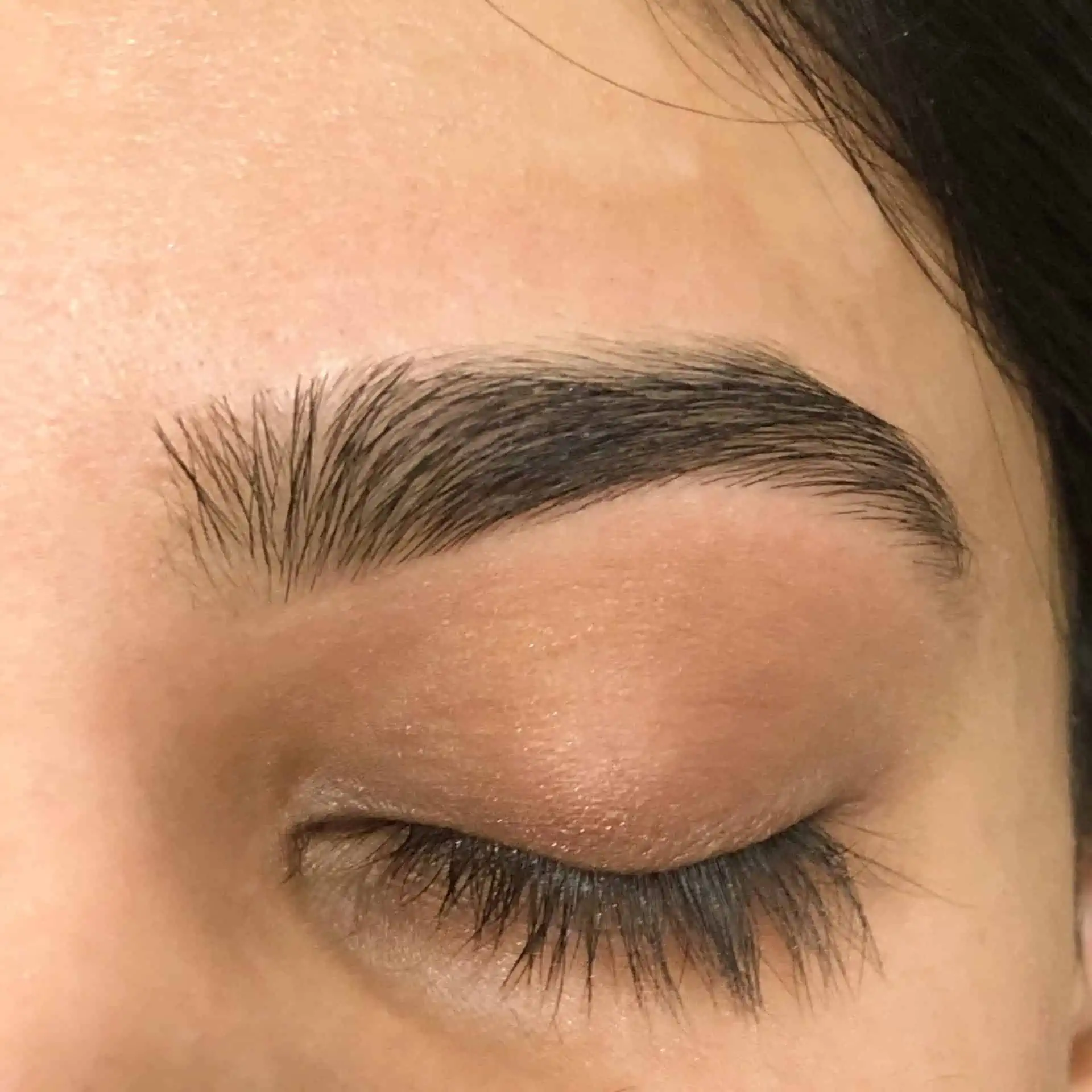
Well-shaped eyebrows not only frame your face but also significantly contribute to overall facial aesthetics. A well-executed threading session at Beacon Hill can help create symmetry and balance, lift and tighten the brows, and even provide features of a more youthful appearance that you’ll simply eye adore.
Research has shown that well-shaped eyebrows can effectively convey emotions and impact perceived age and attractiveness. By sculpting and defining the eyebrows, threading can augment the native arch of the brows, framing the eyes, and emphasizing the cheekbones.
Maintaining Your Threaded Brows Post-Event
After attaining the perfect brows, it becomes crucial to maintain them post-event. For the first 24 hours after threading, avoid direct sunlight to prevent irritation or discoloration, and refrain from touching or rubbing the threaded area.
It’s also advisable to cleanse your face with cold water and apply aloe vera gel to soothe any discomfort. To sustain the longevity of the threading, avoid applying makeup directly on the threaded area. By following these practices and adhering to your stylist’s advice, you can keep your brows looking well-groomed for longer.
Other Ways To Soothe Your Face Post-Threading
We offer an array of options after post-threading that will help soothe your face. The most go-to option is aloe vera for soothing eyebrows after threading due to its natural cooling and healing properties. This miraculous plant gel is rich in anti-inflammatory and moisturizing elements, which can help in calming the skin irritation and redness often experienced post-threading. Its gentle formula is suitable for all skin types, including sensitive skin, making it an ideal choice for use after hair removal. Aloe vera not only helps to reduce discomfort but also promotes faster healing of any minor nicks or cuts that might occur during the threading process. By applying a small amount of aloe vera gel on the threaded areas, you can enjoy a smoother, more comfortable post-threading experience. This natural remedy is a simple, yet effective way to care for your skin, ensuring your eyebrows look perfectly groomed and your skin remains healthy and calm.
But we also offer options like rose water and witch hazel depending on the customers preference or the sensitivity to other options.
To calm done the redness after threading we recommended putting an ice cube directly on the area of the redness for a few seconds or taking a cold shower. This will greatly reduce any redness after threading.
Summary
In summary, threading is a highly effective technique for achieving well-shaped eyebrows that enhance your overall look. The timing of the threading before an event, understanding the brow’s growth cycle, and the right pre and post-care routine are all critical factors in achieving the best results.
Remember, the initial consultation is your opportunity to discuss your desired shape and preferences and to ask any questions about the threading process. And once you’ve achieved your perfect brows, maintaining them post-event will ensure they remain well-groomed for weeks to come.
Frequently Asked Questions
When should I thread my eyebrows before an event?
For optimal results, we recommend getting your eyebrows waxed or threaded at least 2 days prior to the event. Threading is especially suitable for those with sensitive skin, and should be done a maximum of two weeks before for best results.
How many days before should you get your eyebrows threaded?
For your wedding, it’s recommended to get your eyebrows threaded earlier in the week. Depending on your skin’s sensitivity, two days before might be possible but try to schedule your appointment as far ahead as you can.
How long to wait after threading?
To protect the skin after threading, wait 2-4 hours before touching the treated area and 24-48 hours before swimming or tanning. Avoid make-up, steam treatments, and heat sources for at least 2-4 hours.
What care should I take for sensitive skin before and after threading?
Before and after threading, be sure to cleanse your sensitive skin with a mild cleanser and moisturize thoroughly. After threading, soothe your skin with aloe vera gel or calming balms.
What’s the importance of the initial consultation before threading?
The initial consultation before threading is an important step, allowing the brow artist to create a personalized brow design that suits your desired shape and preferences.
Does Eye Adore Threading use organic thread?
Yes, we use the finest organic thread for eyebrow threading and any of hair removal services. We also offer an array of post-threading options like aloe vera, rose water, and witch hazel depending on the needs of our clients.
Book Now
Book now for your insta-worthy brows! You can book here. If you would like to know more about eyebrow threading please read Why Is Eyebrow Threading Important For Your Face? and Is Threading Safe? Find Out
We hope you enjoyed this article. Locations and hours of our eyebrow threading salons are located here. You can also follow us on instagram.
Tags In
Categories
- Accutane (1)
- Beauty (30)
- Henna (5)
- Inspiration (5)
- Lamination (2)
- Men (4)
- Safety (9)
- Skin Care (3)
- Threading (9)
- Tint (4)
- Tips & tricks (22)

